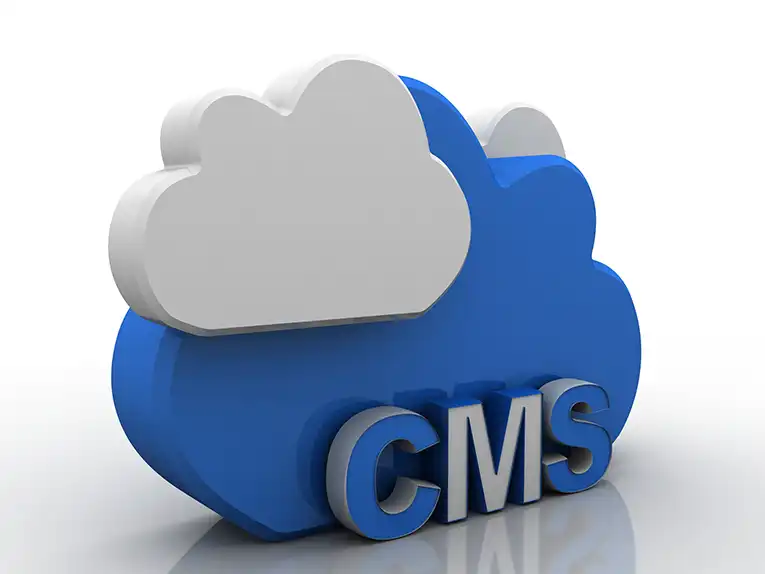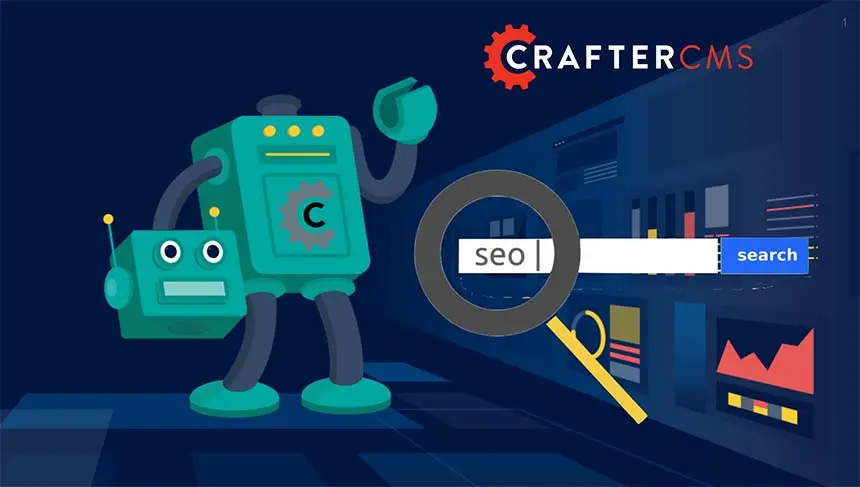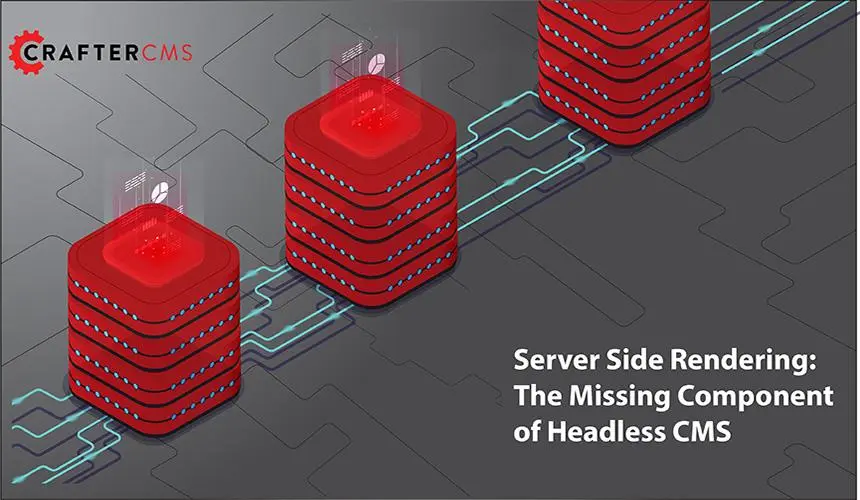7 Web Development Trends for 2020

Amanda Jones

Every year, web development continues to change as new technologies emerge to make things faster and easier for organizations to meet their digital demands. Consumers are interacting with brands on a digital scale more than ever before, due to the presence of more devices connected to the internet.
Businesses hoping to gain a foothold, or at the top and looking to stay there, need to remain aware of these changes. They need to be able to provide different types of content to their customers and need to choose the right CMS platform to help them do that. Changes in web development will determine the best platform for each business.
Here are seven web development trends changing things in 2020 that decision-makers should be aware of.
1. Emphasis on Progressive Web Apps and Single Page Apps
Fast and responsive is the name of the game when it comes to web applications in 2020.
For that, there will be a huge emphasis on both progressive web applications (PWAs) as well as single-page applications (SPAs). People are spending more and more time on their mobile devices and smartphones than ever before. In 2019, the average US adult spent almost 3 hours per day on a smartphone, an increase when compared to the time spent in 2018. It’s unlikely that this number is going to go down soon either.
For this reason, web developers are focusing on a mobile-first audience when it comes to creating web pages. The easiest way to do this is, is by developing PWAs that are fast, responsive and provide an experience on mobile strikingly similar to native apps.
In keeping with PWAs focus on speed, single-page applications (SPAs) provide an excellent content experience for users by speeding up loading times and improving page performance. With the number of Javascript frameworks powering the web these days, more and more pages are powered by SPAs. SPAs improve the user experience and due to their speeds are favoured by web developers as well.
There will be an increased emphasis on both PWAs and SPAs as brands seek out a way to make sure that relevant content is available to their audience at the right times.
2. GraphQL
When it comes to APIs, REST APIs have been the go-to choice for developers in recent years. However, an emerging trend that will continue into 2020 is the preference for GraphQL instead. One of the major drawbacks of REST APIs is that it can be difficult for client applications to retrieve a specific data point. This creates a problem known as over fetching, where endpoints return more data than what is required by the application.
For users who have slower mobile data speeds, over fetching means that content will be loaded slowly as well, ultimately ruining their browsing experience. Almost 70% of customers are influenced by page load speed when it comes to returning to a site or eventually making a purchase.
CrafterCMS’s native GraphQL support is not only lightning fast but it also dynamically manages your schema. Developers can quickly build content-enabled applications in any programming language using one of today's most popular data access web service architecture.
3. Microservices
Microservices is a growing topic in the area of web development for a few reasons. The traditional monolithic approach to building applications has been a problem as apps increased in size and complexity. In the monolithic approach, the user interface and data access codes are tied together in one platform. For smaller applications developed in years gone, this wouldn’t have been an issue. Now, with applications getting larger, especially those in the enterprise field, this creates problems for scaling and expansion.
With microservices, applications are arranged as a collection of loosely coupled services instead. In this approach, apps are easier to build, expand and scale.
CrafterCMS’s microservices architecture enables DevOps teams to scale only the subsystems they require, allowing for more cost-effective management of infrastructure resources.
4. Containerization (Kubernetes, Docker)
For digital businesses, improving application lifecycle management through continuous integration and delivery (CI/CD) is important, especially when it comes to working in the cloud. For this reason, companies are turning to containerization to improve code deployment. Containizeration provides a few benefits to development teams such as the ability to write code once and run it anywhere, easier integration with DevOps environments, and providing more security and control while running things in the cloud.
In the digital world, code needs to be updated frequently and almost immediately to keep web pages and applications running smoothly and keep up with increasing content demands. CrafterCMS deployments are configured using Docker containers and managed by Kubernetes orchestration.
5. DevOps Tools / DevContentOps
DevOps has been lauded as the means of unifying developers and operations to make things run smoothly. While traditional software development methods have been met with slow speeds and difficulties in communication at times, DevOps has worked to remove some of these barriers. Teams can now deploy and manage digital experience apps in production without hassle as both developer and operations departments are connected for a smoother experience.
Meanwhile, nearly all web apps have content that should be externally managed, and that's where DevContentOps® comes in. With this approach, content management is seamlessly integrated into DevOps processes and tools, extending the full benefits of DevOps to content teams and the content authoring/publishing process.
6. Headless CMS
Headless CMS solutions are on the rise due to their ability to provide customers with an omnichannel experience for every interaction with a brand. For brands, going headless gives them the ability to create content for different channels and manage it seamlessly. It’s an added bonus for both software developers connecting the backend and frontend of web applications, and the less technical content teams creating and managing the content.
Find out more about what is a headless CMS, and why you may need one.
7. Testing and Quality Assurance
The major trends in web development are geared towards making processes both faster and cheaper. While many of the other trends we’ve mentioned focused on increasing speed and the ability to scale, the latest trends in automation have a much larger impact on cost. Speed is an obvious factor as well when it comes to changes in automation. With machine learning algorithms and AI aiding in automation testing, costs are reduced thanks to a reduction in cycle times and the manpower needed to perform tests.
Automated testing removes the need for manual testing so that developers can focus on more high priority tasks that impact the bottom line. It allows for a wider test area of applications and doesn’t require human input to complete tests, improving overall developer efficiency.
Is Your CMS Ready?
The changes in web development trends mean that organizations need to have their content game up to par. Customers are demanding more when it comes to content delivery and organizations need to be flexible and agile to meet these demands.
Leading organizations are now finding CrafterCMS to be the best option to handle these latest web development trends as a result of our robust architecture and modern content management capabilities.
Here are a few more reasons why you should consider Crafter to help you provide the best content experience in this current web landscape.
Related Posts

Building Personalized Digital Experiences for a Cruise Liner

Sara Williams

CrafterCMS Wins More G2 Awards Spring 2024

Amanda Lee

What Is a Cloud CMS? (Unlocking the Benefits of a CMS in the Cloud)

Sara Williams

Headless CMS SEO (How to Do SEO Right With a Headless CMS)

Amanda Jones










